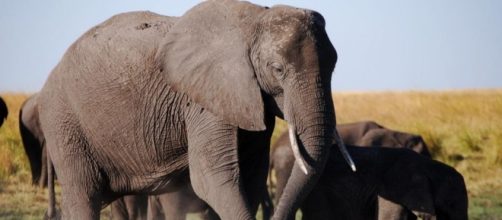Stronger laws against poaching
Elephant decline in South Africa is reportedly down 111,000, while the population globally is around 415,000 in raw decline total. The decline in elephant population saw its roughest drop in 25 years during 2015. The elephants in Africa are at high risk for extinction unless strict laws are placed/enforced on their behalf.
Ivory poaching, which sprung up again after declining in the 1970's and 1980's, has been targeted as the main reason for elephant population decline. Recent documentaries on Netflix shed light on the illegal trade by exploring the world of illegal ivory trading within the continent of Africa, as well as the Chinese economy and its special interests in ivory.
Ivory's dark value
Central Africa is the main target for poachers looking to gather ivory in the form of elephant tusks. Ivory is widely regarded for it's aesthetic appeal, while people commonly use the argument that it is used for functional purposes. The ivory is used for decor within the Chinese economy, which has recently shut down the trade of ivory within its borders. The Chinese government previously allowed a certain amount of elephant ivory to be placed on the market each year. However, this goes without saying that the market has a lot of underground ivory, more than what is lawfully allowed to be sold.
Ivory can be used from many animals, but elephant ivory is the most popular due to its texture.
This is highly valued by Chinese people. The elephant tusks can be sold for as much as $1000 per pound. That's a lot of money, especially for the poorer African countries where the money from one poach can support a family for a year.
Not all hope is lost
Though a lot of science has been focused on the decline of the African Elephant population, all hope is not lost for the lives of these gentle giants. Records kept in Mozambique and Zimbabwe suggest that numbers are stabilizing or increasing. This is good news for environmentalists and conservationists, however, it could possibly lower the price of ivory.
The irony is that though the price of ivory would decrease as time went on and the elephant population increased, more people would be able to purchase ivory goods. If prices were to rise, it would be out of reach for the middle class, and the demand would only exist among the rich.

